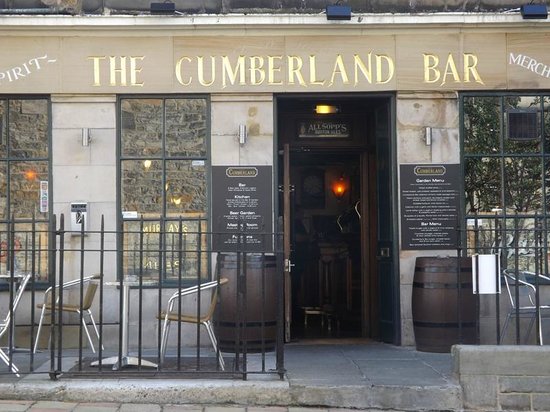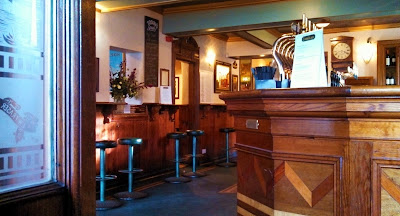Back in late October, on leaving Edinburgh, we headed for Chester to see an old university friend. We took the A702 via Biggar to link up with the M74. This road takes you through the more northerly end of the Scottish Borders, or 'reiver country'. It is stunning countryside and hopefully you can get an impression from the photographs below.
From about the late 13th to the early 17th century it was a pretty lawless place. Families raided on both sides of the border and as long as you didn't endanger family or alliances anything was acceptable. Due to their 'skills' border reivers were quite highly regarded as soldiers, although their allegiance could be suspect. Families would have relatives on both sides of the border and changing sides in conflicts between England and Scotland was [often] not an issue.
Sheep and cattle spent much of their time trotting backwards and forwards along the hills as they were rustled hither and thither. Houses were torched and it was frequently quite bloody. Along with the rustling, blackmail flourished as an enterprise and many became rich. Feuds between families, both across, as well as on the same side of the border, abounded.

For the common folk this 'reiving' was a nightmare and they often constructed simple homes made from turf as they were so frequently destroyed that it made no sense to construct them from anything more durable. Richer families built 'bastle houses' or peel towers. Both were made of thick stone walls with a minimum of wood so they could withstand being torched [laying siege took too much time]. Livestock would be kept safe on the ground floor and the inhabitants would barricade themselves on the floor above. Rides [as raids were called] could vary greatly in size, sometimes the group was small, at other times it was huge with 1,000 or so taking part.

With all this raiding going on they did set up a framework for law and order. There were Lords, or Wardens of the Marches [East, Middle & West] on both sides of the border tasked with keeping the peace, but as the very families who were Wardens were also from reiver clans or families the system varied in its efficacy. Peculiarly Border Laws were created to deal with the raiding.
For example, under these laws a person who had been raided had the right to mount a
counter-raid within six days, even across the border, to recover his
goods. This was known as a 'Hot Trod'. It had to proceed with
"hound and horne, hew and cry",
so that it openly announced its purpose, to distinguish it from
unlawful raids proceeding covertly.
I [Antoinette] first encountered border reiving in Dorothy Dunnett's six-part 'Lymond Chronicles' set in the late 1540s/1550s. Dunnett expertly blends historical accuracy, real historical characters with great fictional characters. Events sprawl across Europe from Scotland, England, France and Russia to Malta and Istanbul. I found them a brilliant read and have, from time to time, re-read all six books.



















































